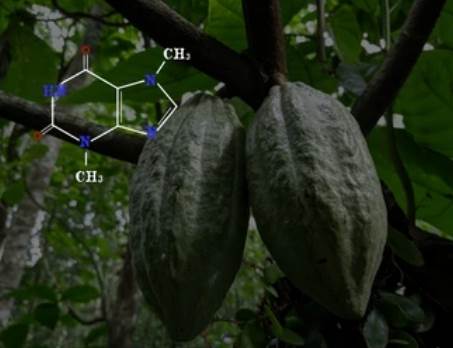
Theophylline, also known as 1,3-dimethylxanthine, is a naturally occurring compound found in various plant sources, including tea, coffee beans, and cocoa beans. Lifeasible can provide theophylline analytical services, including theophylline extraction, isolation, purification, content determination, structural characterization, and other all-around integrated services, to help you complete the development of your project as soon as possible.
Theophylline is commonly analyzed by immunochemistry, HPLC, and UV photometry.
The immunoassay is mostly homogeneous enzyme-amplified immunoassay (EMIT) and fluorescence polarization immunoassay (FPIA), and there are also radioimmunoassay kits, all of which can realize automatic detection.
Theophylline HPLC detection of various laboratories specific methods are not the same, but most of them use reversed-phase HPLC, with β-hydroxyethyl theophylline or 8-chlorotheophylline as the internal standard, ultraviolet detector λ = 275nm (theophylline maximum absorption wavelength) detection. To exclude the interference of certain semi-synthetic penicillins and cephalosporins that may be present in the specimen with similar light absorption peaks to theophylline, the sample should be extracted by appropriate methods. In addition, to ensure that the possible presence of other methylxanthine derivatives generated by ingestion or theophylline metabolism can be separated, the establishment of the method should be properly adjusted mobile phase, and the necessary interference experiments should be confirmed.
The more established ultraviolet photometric method is the dual wavelength method. The principle is to acidify the specimen and extract with organic solvents, and then counter-extracted to NaOH solution, ammonium chloride to adjust to pH 10 or so. Measure A275 and A300 at 275 nm and 300 nm, respectively, and take the difference of A275-A300 as the absorbance of theophylline. The method respectively acidified specimen extraction and counter-extraction back to the alkaline solution, can exclude the interference of many drugs and other impurities.
Samples need to go through a sample preparation process before they can be analyzed by LC-MS. This usually involves extraction, purification, and concentration of theophylline from the sample matrix.
A reversed-phase HPLC column is used to separate theophylline from the other components of the sample. The column retains the theophylline due to its hydrophobicity, while other interfering compounds elute earlier or later.
Theophylline eluting from the HPLC column enters the mass spectrometer, where it is ionized and fragmented. The resulting ions are detected and quantified according to their m/z values, allowing accurate and sensitive analysis of theophylline.
Extraction of Theophylline: suitable solvents such as water or organic can be used. A common method is to use ethyl acetate to extract theophylline from tea. The extraction process should be controlled by temperature and time to ensure effective extraction.
Internal Standard: To improve the accuracy and reproducibility of the analysis, an appropriate internal standard can be selected for the quantitative analysis of theophylline. The internal standard should have similar physical and chemical properties to theophylline and be able to be separated from theophylline in the analytical method.
Method Validation: For theophylline analytical methods, method validation should be performed to assess indicators of accuracy, sensitivity, selectivity, and precision. Method validation may include experiments such as repeatability, intermediate precision, recovery, and matrix effects.
With state-of-the-art technology and a team of talented scientists and experts, Lifeasible is committed to providing the best theophylline analytical services at competitive prices to customers worldwide. If you are interested in our services or have questions, please feel free to contact us or make an online inquiry.
Lifeasible has established a one-stop service platform for plants. In addition to obtaining customized solutions for plant genetic engineering, customers can also conduct follow-up analysis and research on plants through our analysis platform. The analytical services we provide include but are not limited to the following:
Get Latest Lifeasible News and Updates Directly to Your Inbox
Adaptive Evolutionary Mechanism of Plants
February 28, 2025
Unraveling Cotton Development: Insights from Multi-Omics Studies
February 27, 2025